Introduction
What Temperature Is Too Hot For Rabbits: Rabbits, with their endearing and gentle nature, are beloved pets for many animal enthusiasts. As responsible rabbit owners, ensuring their well-being and comfort is paramount. One essential factor that contributes to their health is maintaining an appropriate environment, especially when it comes to temperature. Rabbits are particularly sensitive to temperature extremes, as they lack efficient mechanisms for regulating their body temperature. Consequently, understanding what temperature is too hot for rabbits is crucial to prevent heat stress, dehydration, and other health complications that can arise when they are exposed to excessive heat.
In this article, we will delve into the ideal temperature range for rabbits, the signs of heat stress to watch for, and the necessary steps to take in order to keep our furry companions cool and content during warmer months. By becoming aware of the temperature conditions that are safe for rabbits, we can provide them with the care and comfort they deserve.
In their natural habitats, rabbits are adapted to cope with a wide range of temperatures. However, domesticated rabbits often lack the same level of adaptability due to living in controlled indoor environments or outdoor hutches. As a result, it’s important for rabbit owners to be aware of the temperature thresholds that can pose risks to their pets’ health.

Is 25 degrees too hot for rabbits?
What temperature is too hot for rabbits? Temperatures above 25 degrees celsius are too hot for rabbits and can increase the risk of heatstroke. Keep monitoring the weather and bring your rabbit indoors if the temperatures rise.
At 25 degrees Celsius (77 degrees Fahrenheit), rabbits can begin to experience some discomfort, especially if the humidity level is high. This temperature falls within the range where rabbits may start exhibiting signs of heat stress. Rabbits are more comfortable when temperatures are between 10 to 21 degrees Celsius (50 to 70 degrees Fahrenheit), which is considered their optimal temperature range.
Signs of heat stress in rabbits can include
Panting: Rabbits don’t sweat like humans do, so panting is their primary way of trying to cool down.
Lethargy: They may become less active and prefer to rest in cooler areas.
Loss of Appetite: Heat stress can lead to a decreased appetite and dehydration.
Wet Nose: A damp or wet nose can indicate that the rabbit is trying to cool down by evaporating moisture from their nose.
Rapid Breathing: An increased breathing rate is another indicator of heat stress.
Provide Shade: If your rabbits are outdoors, make sure they have access to shaded areas at all times. This can help them escape direct sunlight and reduce the risk of overheating.
Proper Ventilation: If rabbits are housed indoors, ensure proper air circulation to maintain a cooler environment.
Cooling Methods: Place frozen water bottles wrapped in towels in their living space. Rabbits can lean against these bottles to cool down.
Fresh Water: Always provide a constant supply of fresh, cool water to prevent dehydration.
Limit Activity: During the hottest parts of the day, it’s a good idea to minimize physical activity and handle your rabbits less to prevent additional stress.
How can I tell if my rabbit is too hot?
Signs and symptoms of heatstroke in rabbits
- Drooling or salivating.
- Panting and taking short shallow breaths.
- Overall weakness and lethargy.
- Reddening and warmth of the ears.
- Wetness around the nose.
- Fitting or falling unconscious.
Panting and Rapid Breathing: Unlike humans, rabbits do not sweat, which makes panting their primary way of dissipating heat. If you observe your rabbit panting heavily or breathing rapidly, it’s a clear indication that they are trying to regulate their body temperature.
Lethargy and Reduced Activity: Heat can drain your rabbit’s energy, causing them to become lethargic and less active than usual. If your normally active and playful rabbit seems uninterested in moving or engaging in activities, it might be due to the heat.
Loss of Appetite: Heat stress can lead to a decreased appetite in rabbits. If your rabbit shows a lack of interest in their food and treats, it could be a sign that they are feeling the effects of high temperatures.
Warm Body Temperature: Gently touch your rabbit’s body, especially their ears, nose, and paws. If they feel noticeably warmer than usual, it’s a sign that their body is struggling to cool down.
Wet Nose: Rabbits sometimes wet their noses by licking them or rubbing them against surfaces to help cool down through evaporation. If you notice that your rabbit’s nose is wetter than usual, they might be trying to self-regulate their body temperature.
Is 20 degrees too hot for a rabbit?
A temperature of between 10-20°C is recommended as ideal for domestic rabbits, though they can cope with lower temperatures, but tend to suffer from too much heat. If the temperature starts to reach freezing, you may wish to consider moving your rabbits’ home indoors or into an outhouse, shed or unused garage.
At 20 degrees Celsius (68 degrees Fahrenheit), rabbits are generally within a comfortable range. However, it’s essential to consider factors like humidity and the rabbit’s age, breed, and overall health. Generally, this temperature should not pose a significant risk of heat stress for rabbits.
Signs of heat stress in rabbits include
Panting: Panting is the primary way rabbits try to cool down, as they do not sweat like humans do.
Lethargy: If your rabbit appears unusually lethargic and less active than usual, it could be due to heat stress.
Loss of Appetite: Heat stress can lead to a decreased appetite and dehydration.
Warm Body: If your rabbit feels warmer than usual to the touch, it might indicate that their body is struggling to regulate temperature.
Wet Nose: Rabbits may wet their noses by licking them to aid in cooling through evaporation.
To ensure your rabbit’s well-being in temperatures around 20 degrees Celsius, consider the following steps
Provide Shade: If your rabbit spends time outdoors, make sure they have access to shaded areas to escape direct sunlight.
Fresh Water: Ensure a constant supply of cool, fresh water to prevent dehydration.
Proper Ventilation: For indoor rabbits, maintain good air circulation to keep their environment comfortable.
Cooling Methods: Place frozen water bottles wrapped in towels in their living space to provide areas where they can cool off.
Observe Behavior: Pay attention to your rabbit’s behavior. If they appear uncomfortable, take steps to create a more suitable environment.
What temperature do bunnies overheat?
For example, a rabbit’s ideal outdoor temperature is between 12° to 21°C (55° to 70°F) and, while your bunnies can tolerate temperatures as high as 30°C (85°F), anything above that can increase their risk of heatstroke.
Overheating in bunnies occurs when their body is unable to regulate its internal temperature effectively, leading to potential health complications. Signs that your bunny might be overheating include:
Panting: Rabbits don’t sweat, so panting is their primary way of trying to cool down when they’re too hot.
Lethargy: If your usually active bunny becomes lethargic and sluggish, it could be due to overheating.
Loss of Appetite: Overheated bunnies may show a reduced interest in food and water.
Warm Ears and Body: Touch your bunny’s ears and body. If they feel warmer than usual, it’s an indicator of overheating.
Wet Nose: Some bunnies may wet their noses by licking them to cool down through evaporation.
Spread-out Posture: Overheated bunnies might stretch out and lay flat to dissipate heat more effectively.
To prevent bunny overheating during warmer temperatures, here are some important steps to take:
Provide Shade: If your bunny lives outdoors, ensure they have access to shaded areas where they can escape direct sunlight.
Hydration: Always keep fresh, cool water available to your bunny to prevent dehydration.
Indoor Housing: If possible, bring your bunny indoors during the hottest parts of the day to provide a more controlled environment.
Cooling Tools: Place frozen water bottles wrapped in towels in their living space, allowing them to lean against the bottles to cool off.
Limit Activity: Minimize handling and physical activity during the hottest hours.
Are rabbits OK in 30 degree weather?
Although they may look small and fragile, rabbits are surprisingly well-adapted to cold temperatures. With appropriate husbandry, a healthy adult rabbit can be comfortable in temperatures down to 40 degrees Fahrenheit and can tolerate temperatures that are even lower if necessary.
At 30 degrees Celsius (86 degrees Fahrenheit), rabbits might experience discomfort and potential health risks. This temperature is higher than their ideal range of 10 to 21 degrees Celsius (50 to 70 degrees Fahrenheit), making them more susceptible to heat stress. Signs that rabbits might be struggling in such conditions include:
Panting and Rapid Breathing: Panting is the primary way rabbits try to cool down, and increased breathing rates indicate they’re trying to regulate their body temperature.
Lethargy: Rabbits might become less active and prefer to rest in cooler areas during hot weather.
Loss of Appetite: Heat stress can lead to a decreased appetite, potentially resulting in dehydration.
Warm Body: Rabbits feeling warmer than usual to the touch could indicate their body’s struggle to cool down.
Wet Nose: Some rabbits might wet their noses to help cool down through evaporation.
Provide Shade: If your rabbits are outdoors, offer access to shaded areas where they can escape direct sunlight.
Fresh Water: Keep a constant supply of cool, fresh water available to prevent dehydration.
Cooling Methods: Place frozen water bottles wrapped in towels in their living space to provide cool areas.
Indoor Housing: If temperatures rise to uncomfortable levels, consider bringing your rabbits indoors where you can control the environment more effectively.
Limit Activity: Minimize handling and physical activity during the hottest parts of the day.
Can bunnies survive in 30 degree weather?
Rabbits typically do well in colder temperatures. Rabbits stop shedding their fur during the fall and grow a thick fur coat that keeps them warm in the winter. They are relatively comfortable in temperatures as low as 32 degrees.
Surviving in 30-degree weather largely depends on a combination of factors
Breed and Coat: Some rabbit breeds are more adapted to colder climates and have thicker fur coats that provide insulation. These breeds might fare better in lower temperatures.
Acclimatization: Bunnies that are gradually exposed to decreasing temperatures over time might adapt better to the cold.
Shelter: The availability of appropriate shelter, such as insulated hutches or access to a warm enclosure, can significantly impact a bunny’s ability to survive in colder weather.
Wind and Humidity: Wind and humidity can make the actual “feels like” temperature much colder than the ambient temperature. Windbreaks and proper shelter are crucial to protect bunnies from wind chill.
Food and Hydration: Bunnies need extra calories to generate heat. Providing ample food and fresh water helps them maintain their body temperature.
Health and Age: Young, elderly, or sick bunnies might struggle more in extreme weather conditions.
Shivering: Bunnies might shiver to generate body heat.
Lethargy: Cold can lead to reduced activity and energy levels.
Huddling: Bunnies might huddle together for warmth.
Loss of Appetite: Cold temperatures can decrease appetite, leading to potential health issues.
Do rabbits eat less when its hot?
Winter and Summer with Rabbits | Purina Animal Nutrition
Hot, humid weather will severely limit the amount of food a rabbit eats. Digestion of fiber in the cecum of the rabbit produces considerable heat which the rabbit cannot adequately dissipate in hot weather, therefore it eats less.
Rabbits are highly sensitive to temperature fluctuations and have evolved various strategies to cope with changing environmental conditions. When faced with hot weather, rabbits may experience a reduction in appetite for several reasons:
Thermoregulation: Rabbits can struggle to regulate their body temperature when it’s hot. To minimize internal heat generation, they may naturally reduce their activity levels, which in turn reduces their appetite.
Dehydration: Hot weather can lead to increased water loss through panting and sweating (from their paws). Rabbits might eat less to compensate for the lack of available water in their bodies.
Comfort and Stress: Extreme heat can stress rabbits, causing them to feel uncomfortable and potentially leading to decreased appetite.
Digestive Health: Rabbits have sensitive digestive systems, and changes in temperature can affect their digestion. They might eat less to avoid putting additional stress on their digestive systems.
Provide Fresh Water: Always make sure your rabbits have access to clean, fresh, and cool water. Dehydration can significantly impact their health.
Cool Environment: Keep their living area as cool as possible. Provide shade, ensure proper ventilation, and consider using cooling methods like frozen water bottles wrapped in towels.
Hydrating Foods: Offer water-rich fruits and vegetables (like cucumber and lettuce) to help maintain hydration levels.
Monitor Health: Keep an eye on your rabbits for any signs of distress, dehydration, or other health issues. Consult a veterinarian if you have concerns.
Reduce Stress: Minimize handling and changes to their environment during hot weather to reduce stress.
Proper Diet: Continue offering their regular hay and high-quality rabbit pellets. Fiber-rich hay is essential for their digestive health.
Avoid Overfeeding: While it’s important to ensure they’re eating, avoid overfeeding as this can lead to other health problems.
Is 26 degrees too hot for a rabbit?
Rabbits often like to play in rain, but if the weather is hot i.e. more than 26 degrees Celsius, they can get heat stroke. Bunnies can go outside year round as long as they are used to this and the sunlight and exercise is very beneficial.
At 26 degrees Celsius (78.8 degrees Fahrenheit), rabbits might begin to experience discomfort, and signs of heat stress could become more evident. Heat stress occurs when rabbits struggle to cool down their bodies effectively. Signs that rabbits might be dealing with the heat include:
Panting and Rapid Breathing: Rabbits pant to dissipate heat when they are too warm. Increased breathing rates can also indicate heat stress.
Lethargy: Rabbits may become less active and show reduced interest in their usual activities.
Loss of Appetite: Heat stress can lead to a decreased appetite and potential dehydration.
Warm Body Temperature: If your rabbit feels warmer than usual to the touch, it could be a sign of heat stress.
Seeking Cooler Spots: Rabbits may gravitate toward cooler areas in their habitat to find relief from the heat.
Provide Shade: If your rabbits are outdoors, ensure they have access to shaded areas where they can escape direct sunlight.
Fresh Water: Keep a constant supply of cool, clean water available to prevent dehydration.
Cooling Methods: Place frozen water bottles wrapped in towels in their living space. This provides a cool surface they can lean against.
Ventilation: If your rabbits are indoors, ensure proper air circulation to maintain a comfortable environment.
Limit Activity: During the hottest parts of the day, minimize handling and physical activity to reduce stress and overheating.
Observe Behavior: Pay attention to your rabbits’ behavior. If they seem uncomfortable or distressed, take steps to make their environment more suitable.
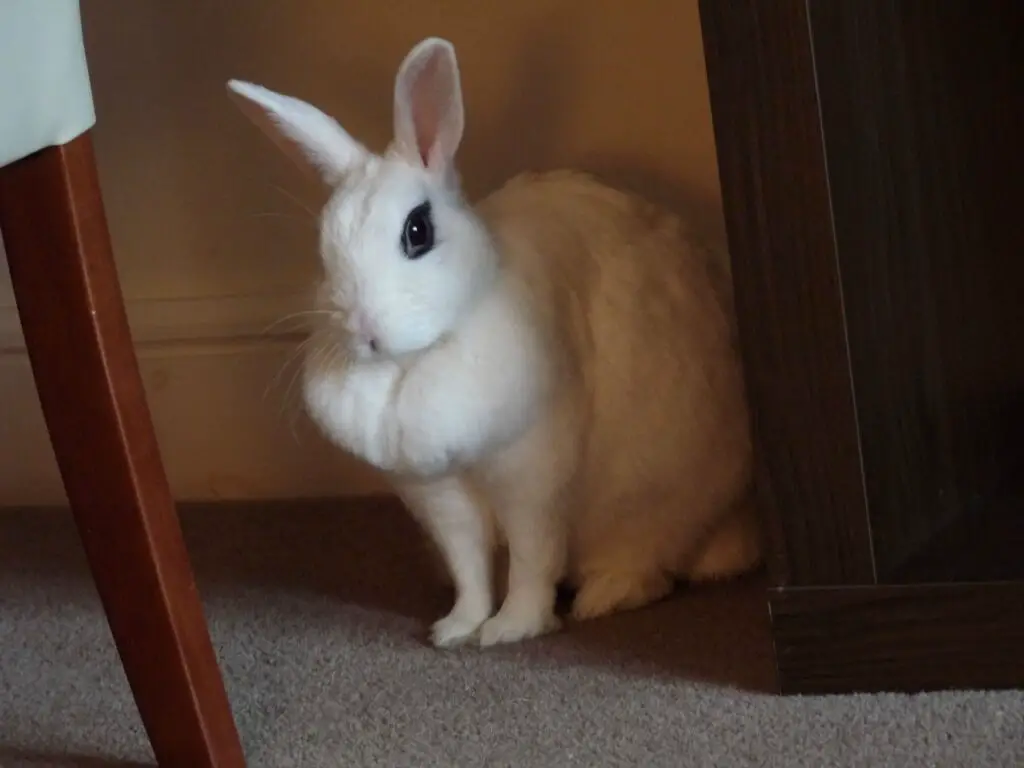
Conclusion
In the effort to provide the best care for our furry companions, understanding the temperature limits that rabbits can tolerate is paramount. The sensitivity of rabbits to extreme heat underscores the responsibility that comes with being a rabbit owner. Maintaining an environment that falls within the ideal temperature range of 50 to 70 degrees Fahrenheit (10 to 21 degrees Celsius) is essential to prevent heat stress and related health issues.
Recognizing the signs of heat stress and taking proactive measures to mitigate its effects can make a significant difference in the well-being of rabbits. Whether they are indoor or outdoor pets, ensuring access to shade, proper ventilation, and a steady supply of fresh water is crucial during warmer months. By prioritizing their comfort and health, we can ensure that our beloved rabbits continue to thrive and bring joy into our lives. As stewards of these gentle creatures, it’s our duty to be informed and vigilant, safeguarding them from the perils of excessive heat and ensuring their happiness year-round.

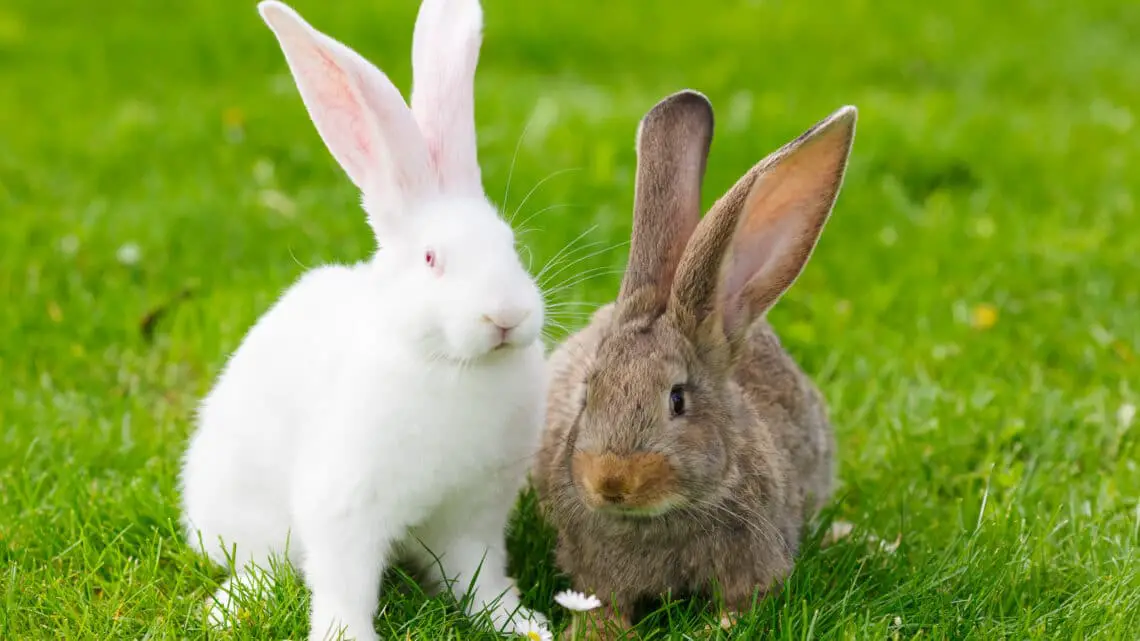
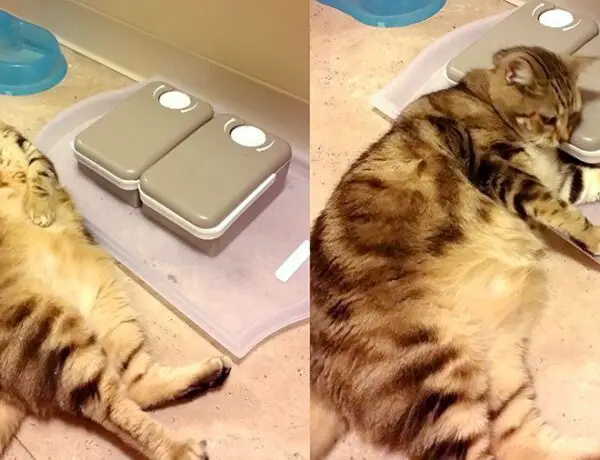
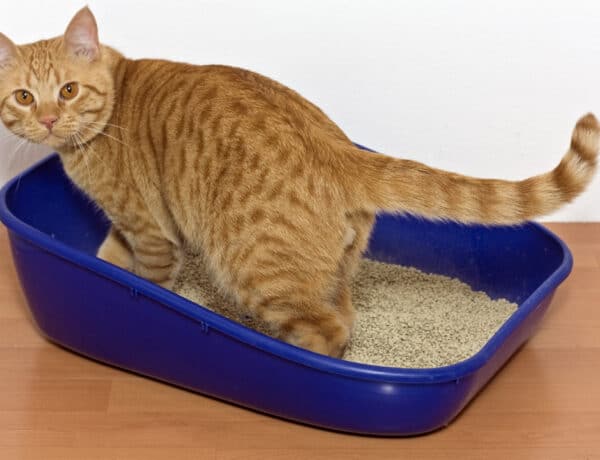
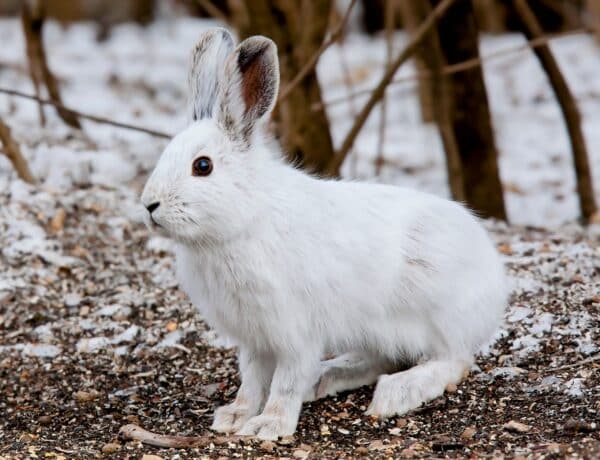
No Comments